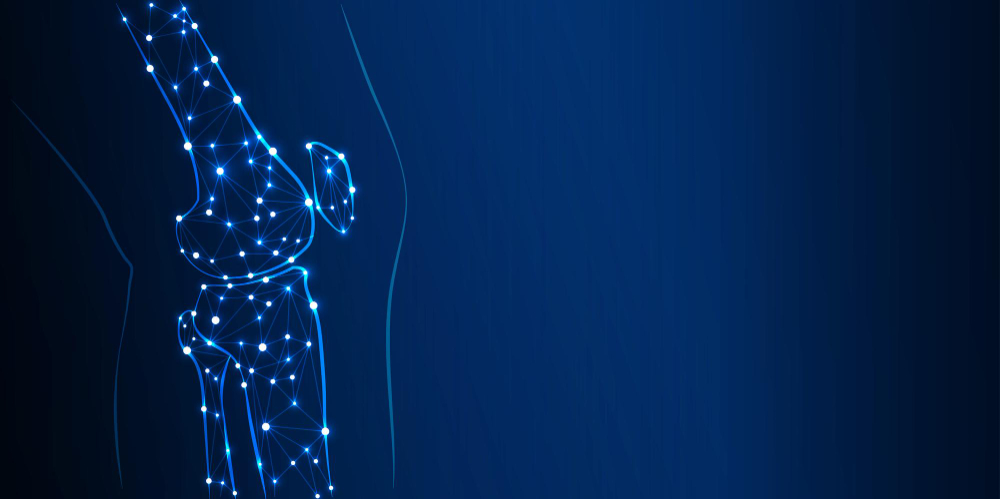Understanding the Anatomy of Joints and Muscles: Key Insights for Optimal Performance
[ad_1]
Understanding the Anatomy of Joints and Muscles: Key Insights for Optimal Performance
Introduction
When it comes to improving athletic performance or engaging in regular exercise, understanding the anatomy of joints and muscles is crucial. Joints and muscles play a significant role in our ability to move and perform various physical activities. By gaining insights into how they work and interact, individuals can optimize their training routines and prevent injuries.
The Anatomy of Joints
Joints are the points in our body where two or more bones meet. They provide stability, flexibility, and enable movement. There are several types of joints in the human body, including hinge joints (elbows and knees), ball-and-socket joints (hips and shoulders), and pivot joints (neck).

Within joints, there are various structures that ensure smooth movement. These include cartilage, which acts as a cushion between bones, and synovial fluid, which lubricates the joints. Ligaments and tendons also play a vital role in joints. Ligaments connect bones to each other and provide stability, while tendons connect muscles to bones and enable movement.
The Anatomy of Muscles
Muscles are responsible for generating force and enabling movement. They consist of long fibers that contract and relax, bringing bones closer together or moving them further away. Understanding muscle anatomy is essential to optimize performance and prevent strain or injuries.
There are three types of muscles: skeletal, smooth, and cardiac. Skeletal muscles are attached to bones by tendons and allow voluntary movements. Smooth muscles are found in internal organs and control involuntary actions like digestion. Cardiac muscles are exclusive to the heart, ensuring its continuous pumping.

Skeletal muscles can be further classified into two types: fast-twitch and slow-twitch. Fast-twitch muscles contract quickly, providing explosive power, but fatigue faster. They are suitable for activities such as sprinting or weightlifting. Slow-twitch muscles are more resistant to fatigue but generate lower levels of force. They are crucial for endurance activities like long-distance running.
Optimizing Performance
Understanding the anatomy of joints and muscles can facilitate optimal performance in various physical activities. By focusing on specific muscle groups and joints involved in a particular sport or exercise, individuals can design targeted training programs.
For instance, if you are a basketball player, strengthening muscles in your legs, core, and shoulders will enhance your performance. Similarly, if you are a yogi, working on joint flexibility and muscle balance will help you achieve advanced poses with ease.
It is also essential to include proper warm-up and cool-down routines in your exercise regimen. Warming up before a workout prepares your joints and muscles for activity, reducing the risk of injury. Cooling down allows your body to gradually return to a resting state, aiding in muscular recovery.
Conclusion
An in-depth understanding of the anatomy of joints and muscles is crucial for optimal performance and injury prevention. By comprehending how they function and interconnect, individuals can tailor their training routines to specific goals and sports. Proper warm-up, cool-down, and targeted exercises can make a significant difference in an individual’s performance and overall well-being.
FAQs
Q: How can I avoid joint injuries during exercise?
A: To avoid joint injuries, it is essential to warm up properly before any physical activity. Gradually increase intensity and duration of workouts. Strengthen the muscles surrounding the joints to provide stability and support. Using proper form and technique during exercises also reduces the risk of joint injury.
Q: Can stretching help improve muscle flexibility?
A: Yes, regular stretching exercises can significantly improve muscle flexibility. Stretching should be performed after a thorough warm-up or at the end of a workout. It helps lengthen the muscles and increases their range of motion, leading to improved performance and reduced muscle soreness.
Q: How does strength training impact muscle development?
A: Strength training promotes muscle development by causing micro-tears in muscle fibers. The body repairs these micro-tears, leading to increased muscle size and strength. Combining strength training with proper nutrition and rest is essential for optimal muscle growth.
[ad_2]

